Home>Articles>What Pans Can You Use On An Induction Stove Top
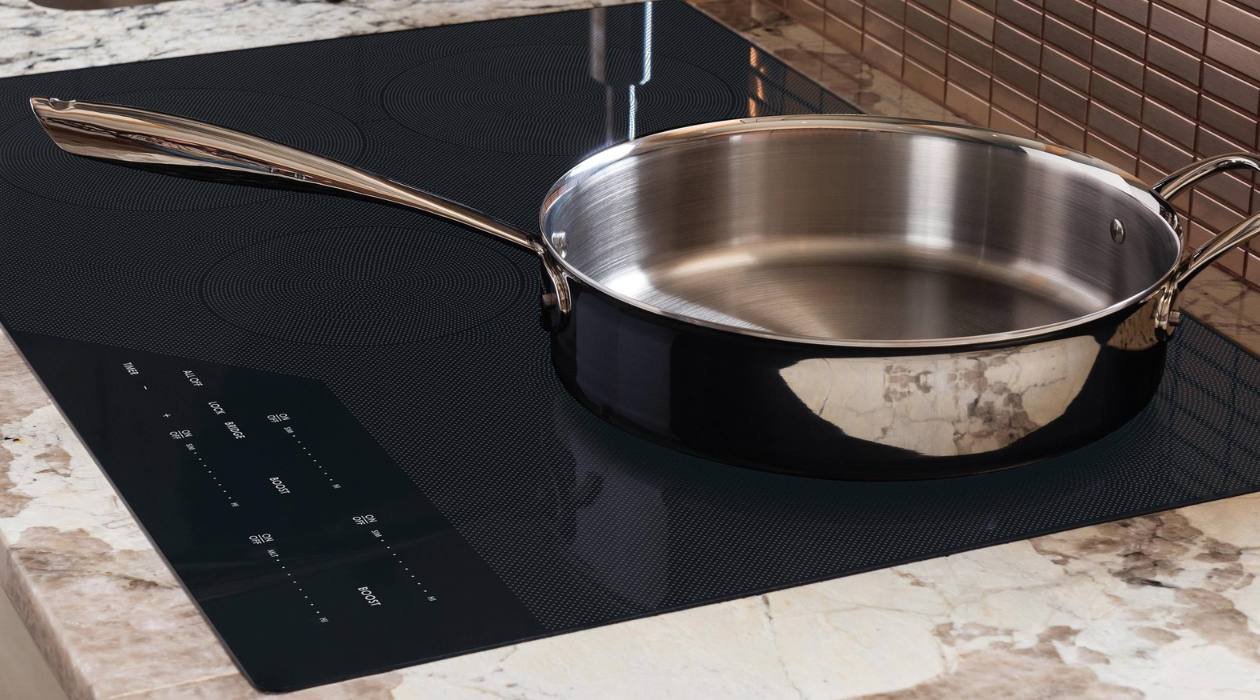

Articles
What Pans Can You Use On An Induction Stove Top
Modified: January 5, 2024
"Discover which articles are compatible with induction stove tops to ensure safe and efficient cooking. Explore the best pans for your induction cooktop."
(Many of the links in this article redirect to a specific reviewed product. Your purchase of these products through affiliate links helps to generate commission for Storables.com, at no extra cost. Learn more)
Introduction
Induction stove tops have gained immense popularity in kitchens worldwide due to their efficiency and precise temperature control. Unlike traditional electric or gas stoves, which heat the cookware indirectly, induction stoves use electromagnetic fields to directly heat the cookware.
As a result, induction stoves offer faster heating, better energy efficiency, and improved safety features. However, it’s important to note that not all cookware is compatible with induction stove tops. The key factor for compatibility lies in the material of the cookware.
In this article, we’ll explore the pans that can be safely used on an induction stove top and the ones that are not compatible. We’ll also delve into the best materials for induction cookware, and provide essential tips for using pans on an induction stove top. So, let’s get started!
Key Takeaways:
- Induction stoves require magnetic cookware for efficient heating. Stainless steel, cast iron, and induction-ready non-stick pans are ideal, while aluminum, copper, glass, and non-magnetic stainless steel pans are not compatible.
- To maximize your induction stove’s performance, choose the right pan size, keep the bottom clean, preheat the pan, utilize power levels, and follow manufacturer’s instructions. Enjoy efficient and precise cooking with induction-compatible cookware.
Understanding Induction Stove Tops
Before we dive into the types of pans compatible with induction stove tops, let’s first understand how these innovative appliances work. Induction stoves utilize electromagnetic induction to heat the cookware directly, without any open flames or red hot elements.
Induction stoves consist of a flat glass or ceramic surface with induction coils underneath. When the stove is turned on, an electric current flows through the coils, creating a magnetic field. This magnetic field then induces an electric current in the bottom of the compatible cookware.
The electric current generates heat within the pan, which in turn cooks the food inside. Since the heat is produced directly in the cookware, induction stoves offer precise temperature control and rapid heat dissipation once the cookware is removed from the surface.
One of the significant advantages of induction stoves is their energy efficiency. Unlike traditional stovetops, where a lot of heat is wasted and not transferred efficiently to the cookware, induction stoves convert almost 90% of the energy into heat, making them highly efficient and eco-friendly.
Moreover, induction stoves provide exceptional safety features. The surface remains relatively cool during cooking, reducing the risk of burns, and because there are no open flames, the chances of accidental fires are significantly minimized.
It’s important to note that induction stoves only work with cookware made from magnetic materials. This means that not all pans and pots will function effectively on these stovetops. Next, let’s explore the types of pans that are compatible with induction stoves.
Induction Cookware Explained
When it comes to using pans on an induction stove top, it’s crucial to select cookware specifically designed for induction cooking. Induction cookware is made from materials that are magnetic and can effectively transfer heat through electromagnetic induction.
The bottom of induction cookware is typically constructed with layers of magnetic materials, such as iron or steel, that allow the magnetic field to generate heat. In addition to the magnetic bottom, induction cookware often features other materials like aluminum or copper for improved heat distribution and retention.
Induction cookware comes in various types, including stainless steel, cast iron, and even some types of non-stick pans specifically designed for induction cooking. These pans have a ferromagnetic layer or disk added to the bottom to ensure compatibility with induction stovetops.
Stainless steel pans are a popular choice for induction cooking due to their durability and versatility. They can handle high temperatures and distribute heat evenly. However, it’s important to note that not all stainless steel pans are induction-compatible. Look for pans with a magnetic bottom or those labeled as induction-ready.
Cast iron pans, known for their excellent heat retention, are also suitable for induction stoves. The high iron content in cast iron makes it highly responsive to induction heat. However, heavy cast iron pans may scratch the glass top of the induction stove, so it’s advisable to handle them carefully.
Some non-stick pans are specifically designed with a magnetic base to make them induction-friendly. These pans have a layer or disk of magnetic material added to the bottom, which allows them to work efficiently on induction stovetops. Look for non-stick pans labeled as induction-compatible.
It’s important to note that while copper and aluminum are excellent conductors of heat, they are not inherently magnetic and therefore not compatible with induction stoves. However, some manufacturers produce induction-compatible pans with copper or aluminum layers encapsulated between layers of magnetic materials.
Now that we’ve covered the types of induction cookware available, let’s explore the best materials to consider for your induction stovetop.
Types of Pans Compatible with Induction Stove Tops
When it comes to choosing pans for your induction stove top, it’s essential to select cookware made from magnetic materials that can effectively transfer heat through electromagnetic induction. Here are some of the types of pans that are compatible with induction stoves:
1. Stainless Steel Pans: Stainless steel pans are a popular choice for induction cooking. Look for pans that have a magnetic bottom or are labeled as induction-ready. These pans are durable, versatile, and distribute heat evenly, making them suitable for a wide range of cooking tasks.
2. Cast Iron Pans: Cast iron pans are known for their excellent heat retention and are compatible with induction stovetops. The high iron content in cast iron makes it highly responsive to induction heat. However, be cautious when using heavy cast iron pans to avoid scratching the glass top of the induction stove.
3. Carbon Steel Pans: Similar to cast iron, carbon steel pans are also compatible with induction stoves. They heat up quickly and provide excellent heat distribution, making them ideal for stir-frying and searing.
4. Induction-Ready Non-Stick Pans: Some non-stick pans are specifically designed with a magnetic base to make them induction-friendly. These pans have a layer or disk of magnetic material added to the bottom, allowing them to work efficiently on induction stovetops.
5. Enamel-Coated Cast Iron Pans: Enamel-coated cast iron pans are compatible with induction stovetops. The enamel layer provides a smooth cooking surface and prevents the reaction of acidic foods with the cast iron.
6. Induction-Compatible Copper Pans: While copper itself is not magnetic, there are induction-compatible copper pans available in the market. These pans have a magnetic layer or disk added to the bottom to ensure compatibility with induction stoves.
It’s important to check the manufacturer’s specifications or look for an induction symbol on the pan’s packaging to ensure compatibility. Additionally, make sure the pan has a flat and smooth bottom for proper contact with the induction stove’s surface.
Remember, while these pans are compatible with induction stoves, it’s crucial to follow the manufacturer’s instructions for proper care and maintenance to ensure their longevity and performance on your induction stove top.
When using an induction stove top, make sure to use pans that are made of magnetic materials such as cast iron, stainless steel, or enameled cast iron. Non-magnetic materials like aluminum or copper will not work on induction stoves.
Best Materials for Induction Cookware
When it comes to selecting the best materials for induction cookware, it’s crucial to choose magnetic materials that can effectively transfer heat through electromagnetic induction. Here are some of the top materials to consider:
1. Stainless Steel: Stainless steel is a popular choice for induction cookware due to its durability, even heat distribution, and resistance to corrosion. Look for pans with a magnetic bottom or those labeled as induction-ready to ensure compatibility.
2. Cast Iron: Cast iron is renowned for its excellent heat retention and even heat distribution. It works exceptionally well on induction stovetops, and the heavy construction allows for long, slow cooking. Ensure the cast iron pans have a smooth bottom to avoid scratching the surface of your induction stove.
3. Carbon Steel: Similar to cast iron, carbon steel pans are compatible with induction stoves. Carbon steel pans heat up quickly and provide excellent heat distribution, making them ideal for high-heat cooking methods like stir-frying and searing.
4. Enamel-Coated Cast Iron: Enamel-coated cast iron pans not only offer the superior heat retention and distribution of cast iron but also provide a non-reactive cooking surface. The enamel coating prevents the acidic reaction with certain foods and allows for easier cleaning.
5. Induction-Compatible Copper: While copper itself is not magnetic, there are induction-compatible copper pans available. These pans have a magnetic layer or disk added to the bottom to ensure compatibility with induction stovetops. Copper pans excel in heat conductivity and responsiveness.
6. Induction-Ready Non-Stick: Some non-stick pans are specifically designed with a magnetic base to make them induction-friendly. These pans feature a layer or disk of magnetic material added to the bottom, allowing them to work efficiently on induction stovetops.
It’s important to note that the quality of the material also plays a significant role in the performance of your induction cookware. Look for cookware with thick, heavy bottoms for better heat retention and distribution.
When purchasing induction cookware, check for labels indicating compatibility with induction stoves or look for an induction symbol on the packaging. This ensures that the cookware has the necessary magnetic properties to work effectively on your induction stove.
Remember to follow the manufacturer’s instructions for use and care to maintain the performance and longevity of your induction cookware. Proper cleaning, seasoning (for cast iron), and storage will help you get the most out of your investment in induction-compatible pots and pans.
Read more: What Can I Use On Induction Cooktop
Non-Compatible Pans for Induction Stove Tops
While induction stoves offer many benefits, it’s important to note that not all pans are compatible with these cooktops. Induction stoves rely on magnetic fields to generate heat in the cookware, so pans made from non-magnetic materials will not work effectively. Here are some non-compatible pans for induction stoves:
1. Aluminum Pans: Aluminum is not magnetic and does not have the necessary properties to generate heat through induction. Pans made solely from aluminum will not work on induction stovetops.
2. Copper Pans: Similar to aluminum, copper is non-magnetic and not suitable for induction cooking. While copper pans offer excellent heat conductivity, they cannot be used directly on induction stoves without a magnetic layer or base added.
3. Glass Pans: Glass pans, such as Pyrex dishes or glass baking pans, are not compatible with induction stovetops. Glass is an insulator and does not have magnetic properties, preventing it from generating heat through electromagnetic induction.
4. Ceramic Pans: Ceramic pans and dishes are also non-compatible with induction stoves. Like glass, ceramic is an insulator and lacks the necessary magnetic properties for induction cooking.
5. Non-Magnetic Stainless Steel Pans: While stainless steel is generally a compatible material for induction cooking, not all stainless steel pans work on induction stovetops. Some stainless steel pans may not have a magnetic bottom or the necessary magnetic properties, rendering them non-compatible.
It’s important to note that some manufacturers produce pans with layered construction, where a magnetic disk or layer is added to non-magnetic materials like aluminum or copper, making them induction-compatible. However, it’s always best to check the manufacturer’s specifications or look for induction symbols on the packaging to ensure compatibility.
Using non-compatible pans on an induction stove will not only result in ineffective heating but can also potentially damage the stove’s surface. The lack of magnetic properties prevents the transfer of heat through electromagnetic induction, leading to uneven cooking and inefficient energy usage.
To ensure the best performance and results on your induction stove, it’s advisable to invest in induction-compatible cookware made from magnetic materials like stainless steel, cast iron, carbon steel, or induction-ready non-stick pans. These pans will provide optimal heat transfer and efficiency, allowing you to fully enjoy the benefits of your induction cooktop.
Tips for Using Pans on an Induction Stove Top
Using pans on an induction stove top requires a slightly different approach compared to traditional cooking methods. Here are some helpful tips to ensure you get the best results when using pans on your induction stove:
1. Choose Induction-Compatible Pans: Select cookware specifically designed for induction cooking. Look for pans with a magnetic bottom or those labeled as induction-ready. This ensures proper heat transfer and compatibility with your induction stove top.
2. Ensure Proper Pan Size: Use pans that match the size of the induction cooking zone. Using a small pan on a large induction burner, or vice versa, can result in uneven heating and inefficient energy usage.
3. Keep the Bottom of the Pan Clean: Ensure that the bottom of your pan is clean and free from debris or residue. Any impurities on the pan’s surface can interfere with the electromagnetic connection and hinder proper heat transfer.
4. Place Pans on the Center of the Cooking Zone: When placing your pans on the induction stove top, position them at the center of the cooking zone. This ensures maximum contact with the induction surface, resulting in efficient heat transfer.
5. Preheat the Pan: Preheating the pan before adding food can help ensure even cooking and prevent sticking. While induction stoves heat up quickly, allowing the pan to preheat for a few minutes will help achieve optimal results.
6. Utilize the Power Levels: Take advantage of the precise power control offered by induction stoves. Adjust the power levels to the appropriate setting for your cooking needs. Lower power levels are ideal for simmering and gentle cooking, while higher power levels are suitable for boiling or searing.
7. Avoid Sliding Pans: Avoid sliding or dragging pans across the induction surface, as this can cause scratches or damage. Instead, lift the pan when moving it to a different burner or when removing it from the stove top.
8. Be Mindful of Heat: Induction stoves provide quick and precise heating, so monitor the temperature of your pans closely. Adjust the power levels as needed to avoid overheating or burning the food.
9. Don’t Forget to Turn Off the Stove: Remember to turn off the induction stove top after use. Unlike gas stoves that require an open flame, induction stoves do not have a visible indicator that reminds you the stove is still on. Always double-check and ensure the stove is turned off when finished cooking.
10. Follow Manufacturer’s Instructions: Lastly, it’s important to read and follow the manufacturer’s instructions for your specific induction stove top and cookware. This will provide additional guidance and ensure proper usage and care.
By following these tips, you can make the most out of your induction stove top and enjoy efficient and effective cooking with your pans. The precise temperature control and rapid heat induction of these stovetops offer a convenient and enjoyable cooking experience.
Conclusion
Induction stove tops have revolutionized the way we cook, offering efficient and precise temperature control. However, not all pans are compatible with induction cooking. To ensure optimal performance, it’s important to choose pans specifically designed for induction stoves, made from magnetic materials like stainless steel, cast iron, or induction-ready non-stick pans.
Understanding how induction stove tops work and the types of induction cookware available is crucial for a successful cooking experience. Stainless steel pans, cast iron pans, carbon steel pans, enamel-coated cast iron pans, and induction-compatible copper pans are among the best materials for induction cookware. These pans offer excellent heat transfer, even heating, and durability.
On the other hand, aluminum pans, copper pans, glass pans, ceramic pans, and non-magnetic stainless steel pans are not compatible with induction stoves. Using non-compatible pans on an induction stovetop can result in inefficient heating and potential damage to the stove’s surface.
When using pans on an induction stove top, remember to choose the appropriate pan size, keep the bottom of the pan clean, place the pan at the center of the cooking zone, preheat the pan, utilize the power levels, avoid sliding pans, be mindful of heat, and always turn off the stove when finished cooking. Following these tips ensures optimal cooking performance and prolongs the lifespan of your induction stove top.
In conclusion, induction stove tops offer a modern and efficient way of cooking, but proper selection and usage of pans are vital for success. With induction-compatible cookware and a few key tips in mind, you can enjoy the benefits of fast and precise cooking provided by induction stoves while creating delicious meals for yourself and your loved ones.
Frequently Asked Questions about What Pans Can You Use On An Induction Stove Top
Was this page helpful?
At Storables.com, we guarantee accurate and reliable information. Our content, validated by Expert Board Contributors, is crafted following stringent Editorial Policies. We're committed to providing you with well-researched, expert-backed insights for all your informational needs.
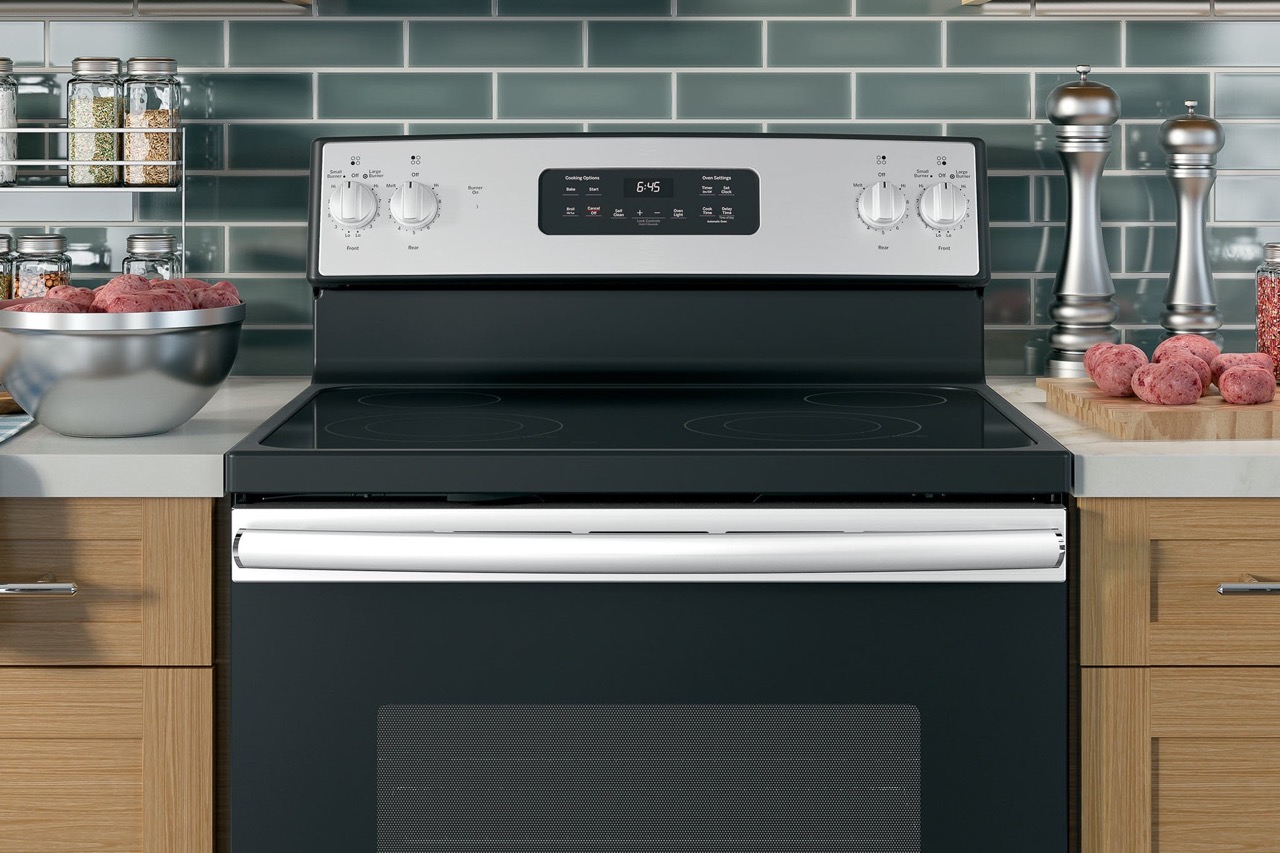
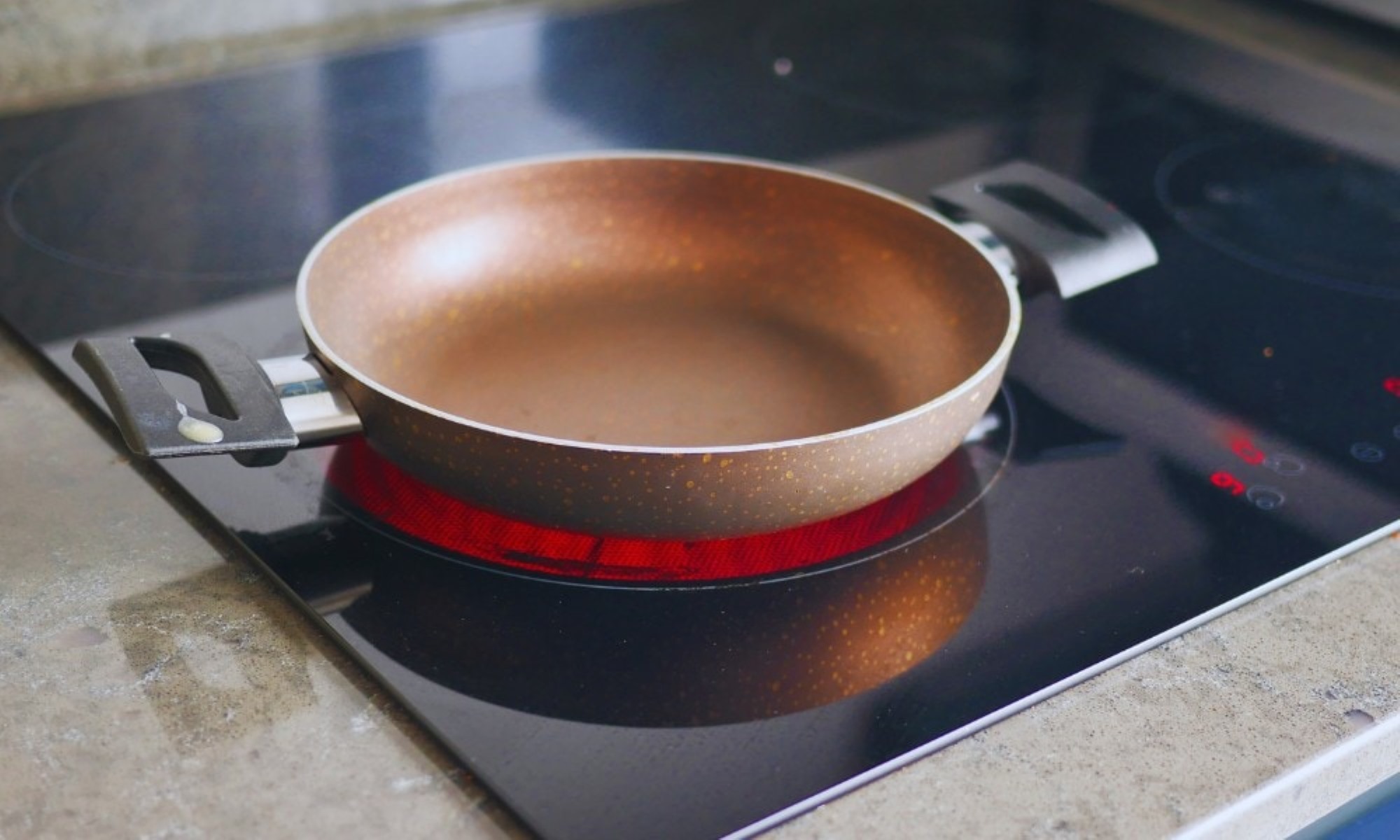
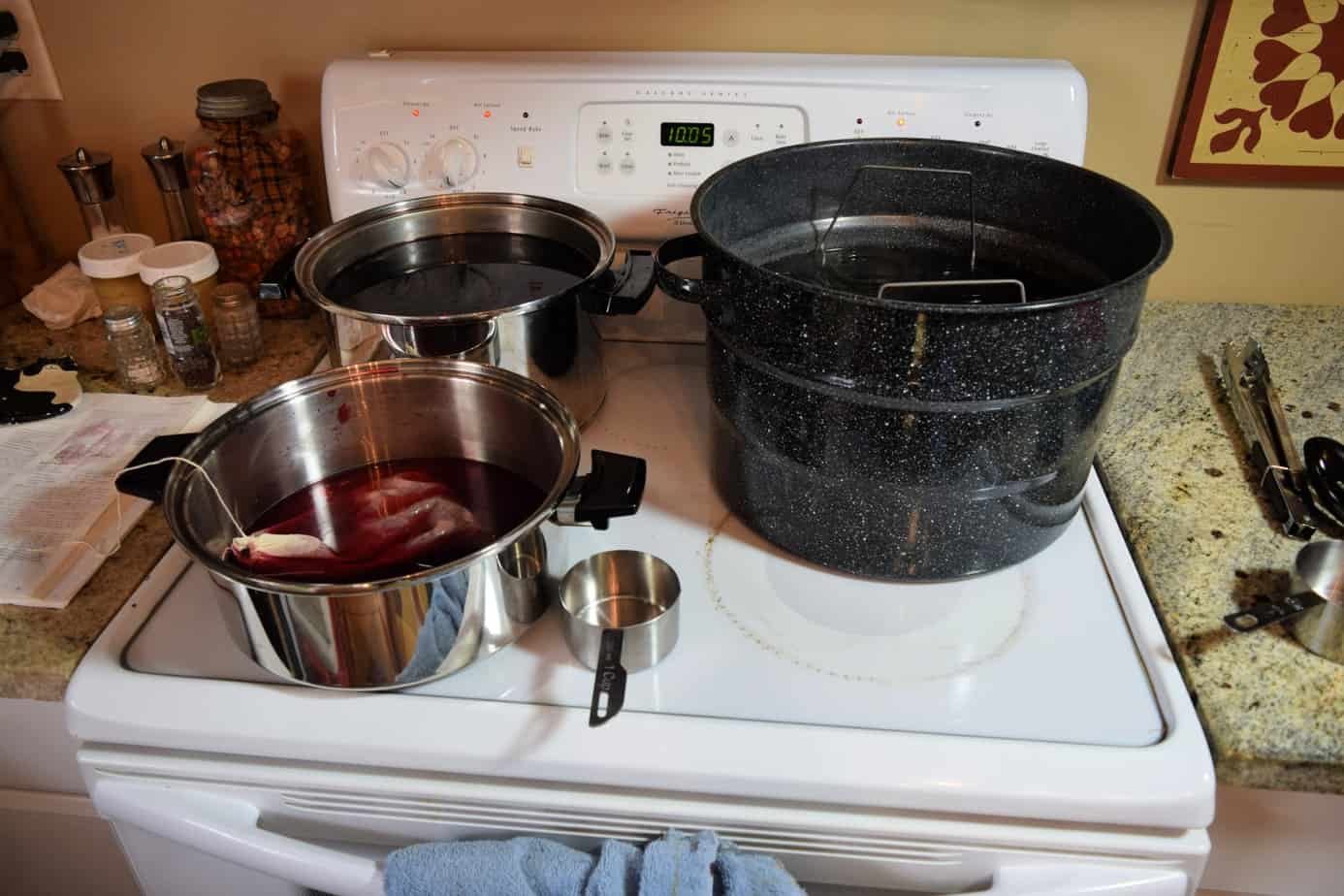
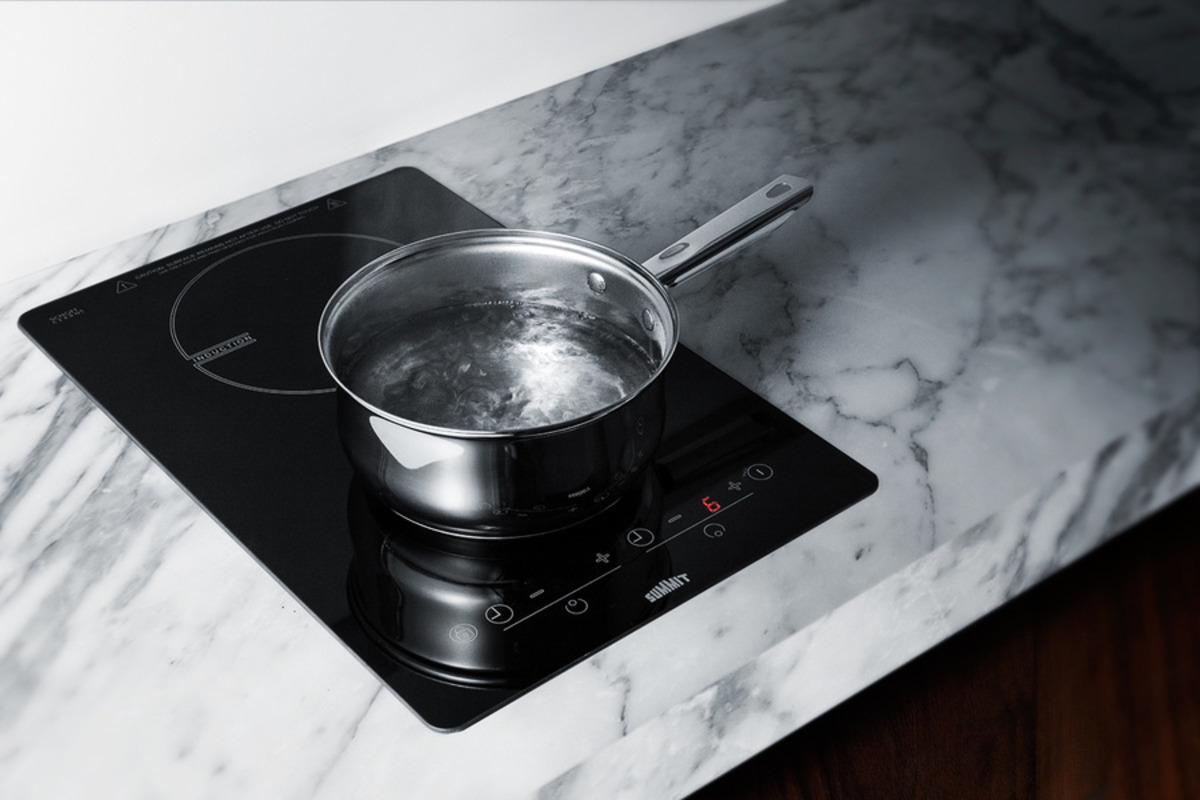
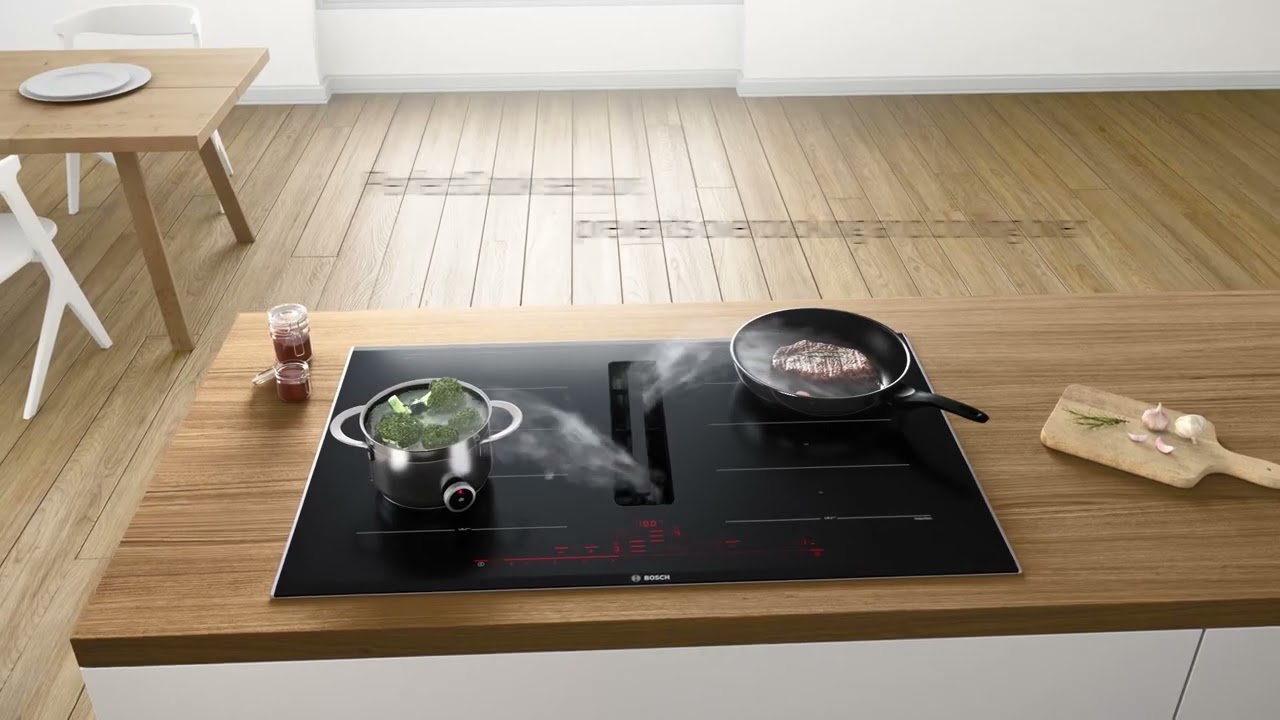
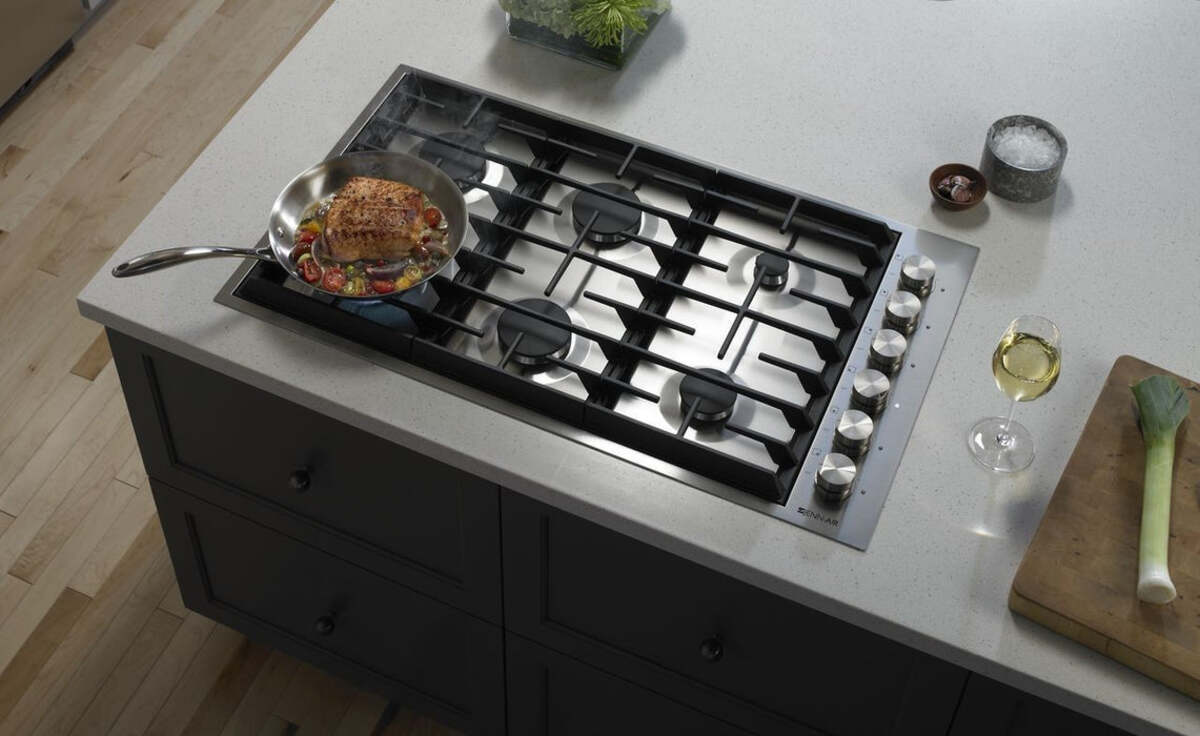
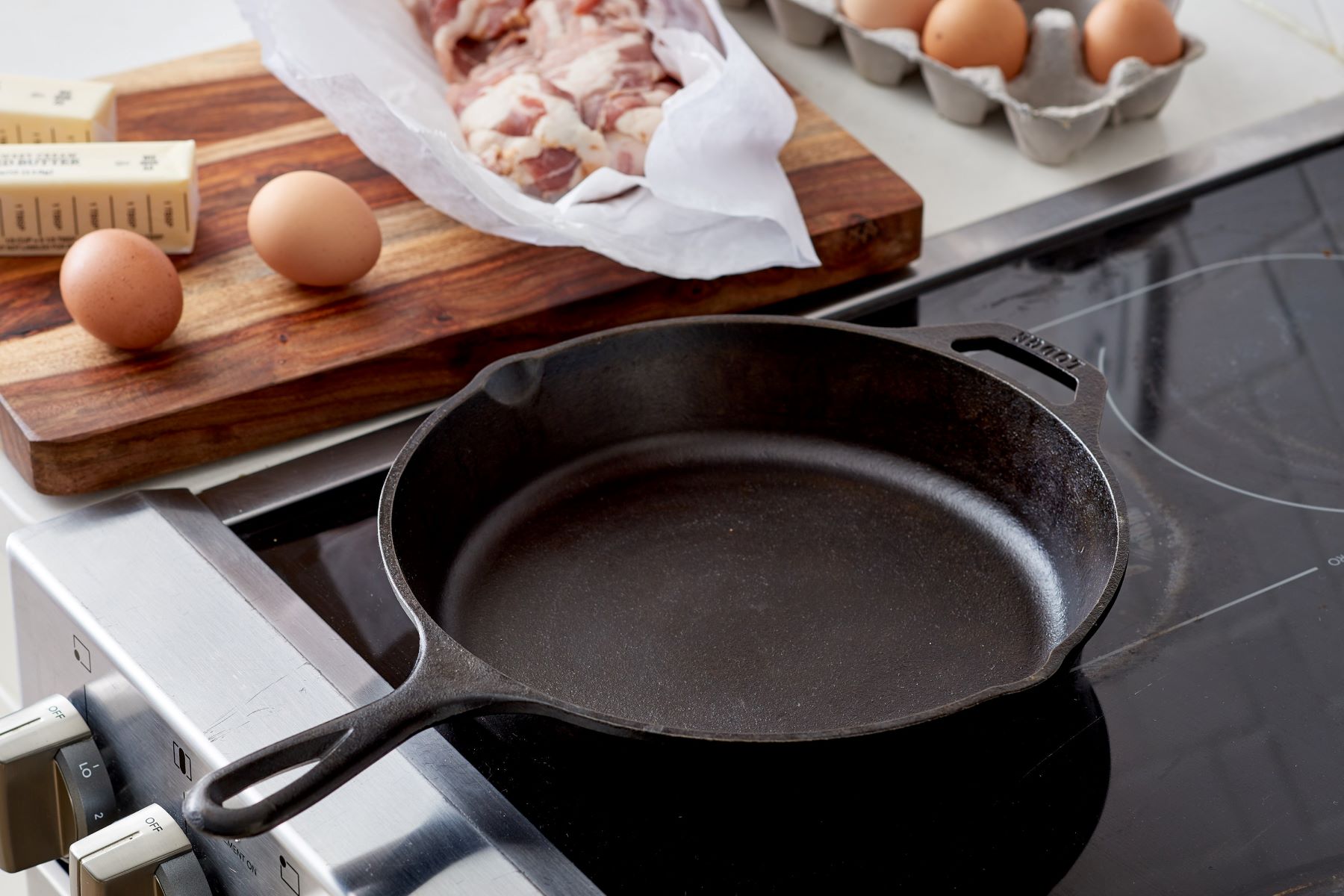
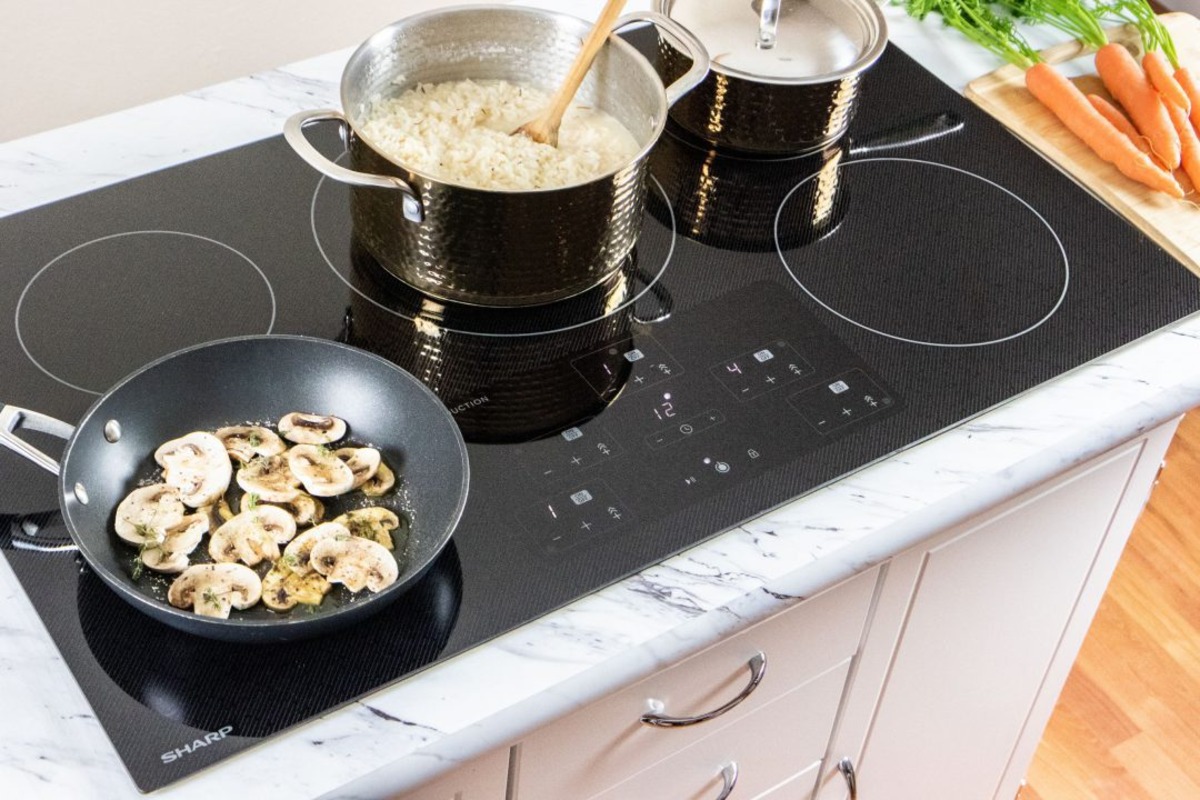
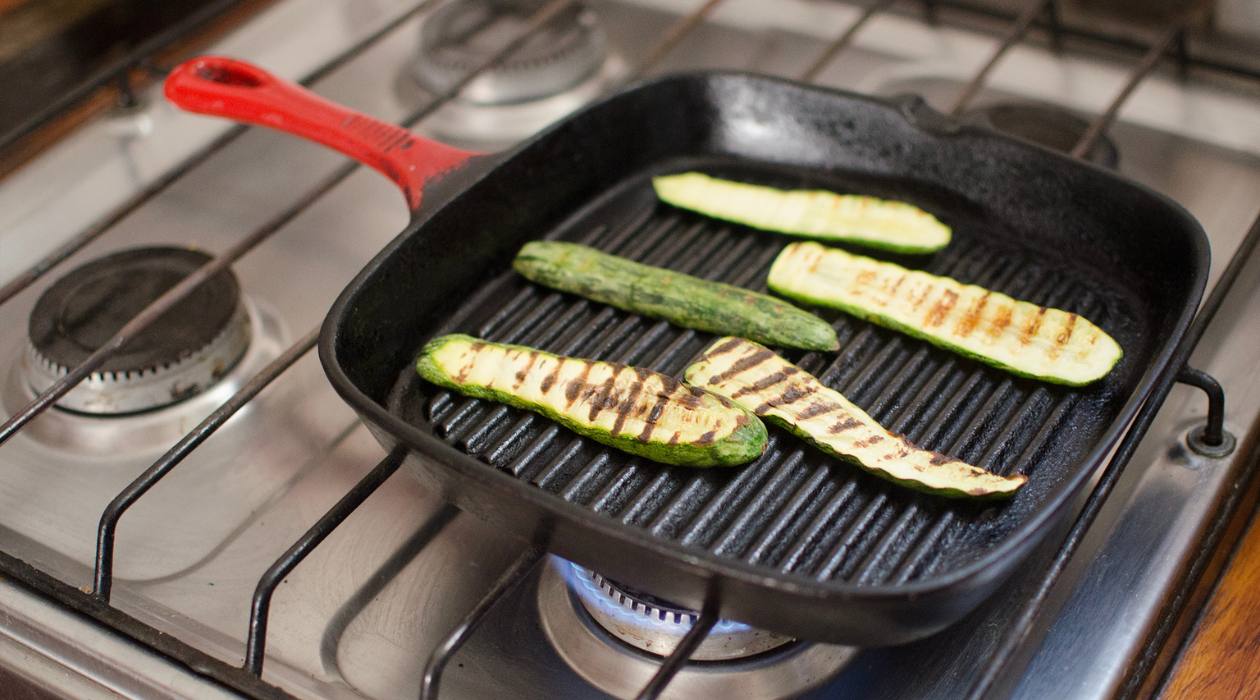
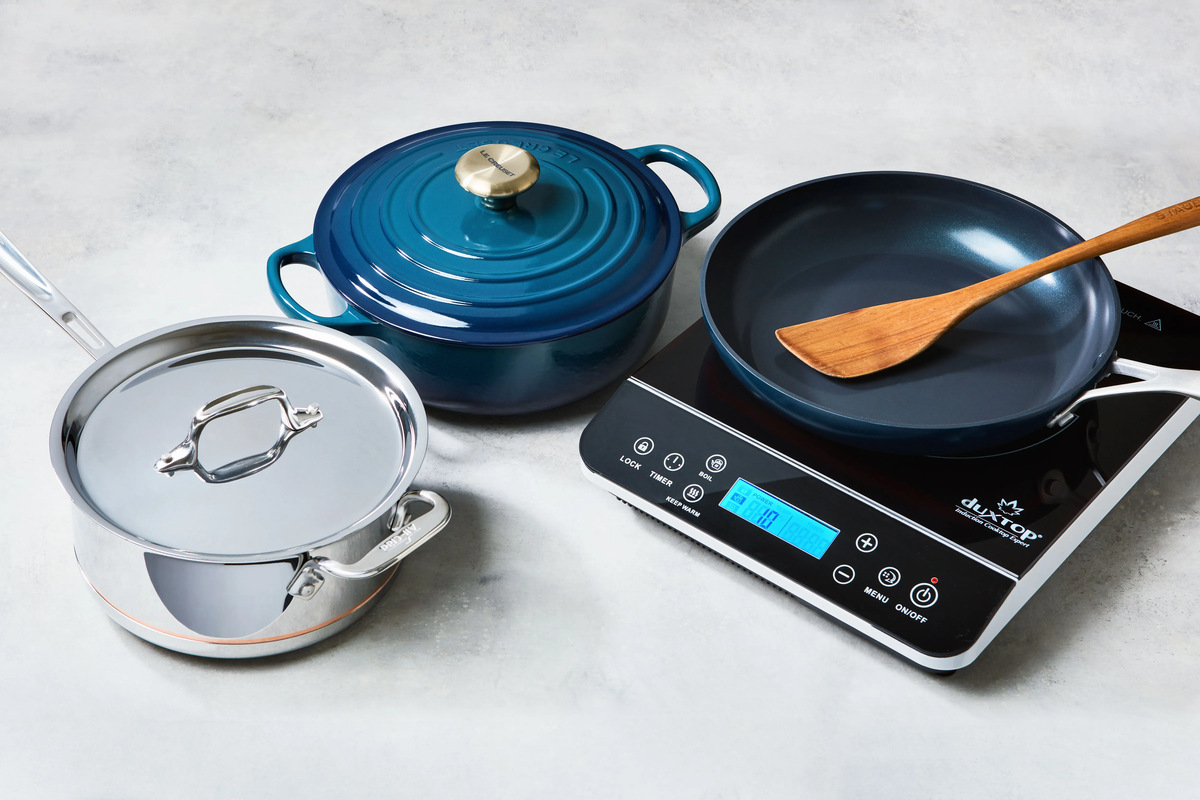
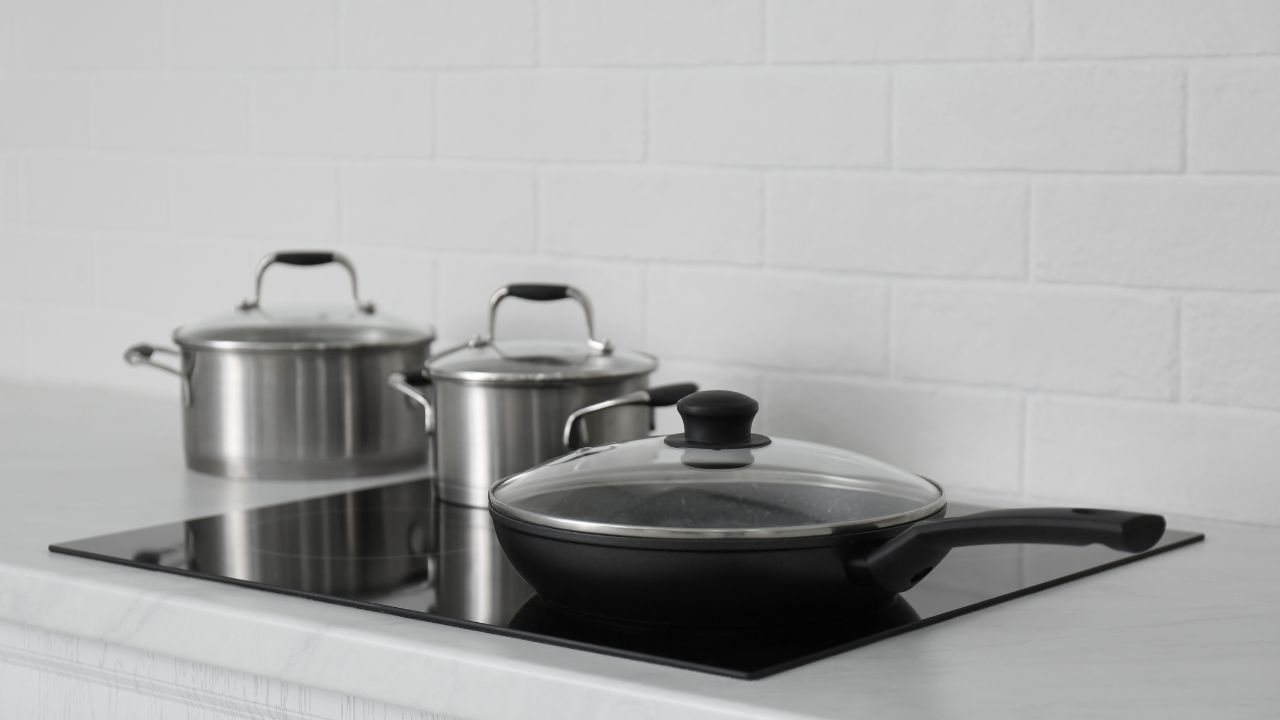
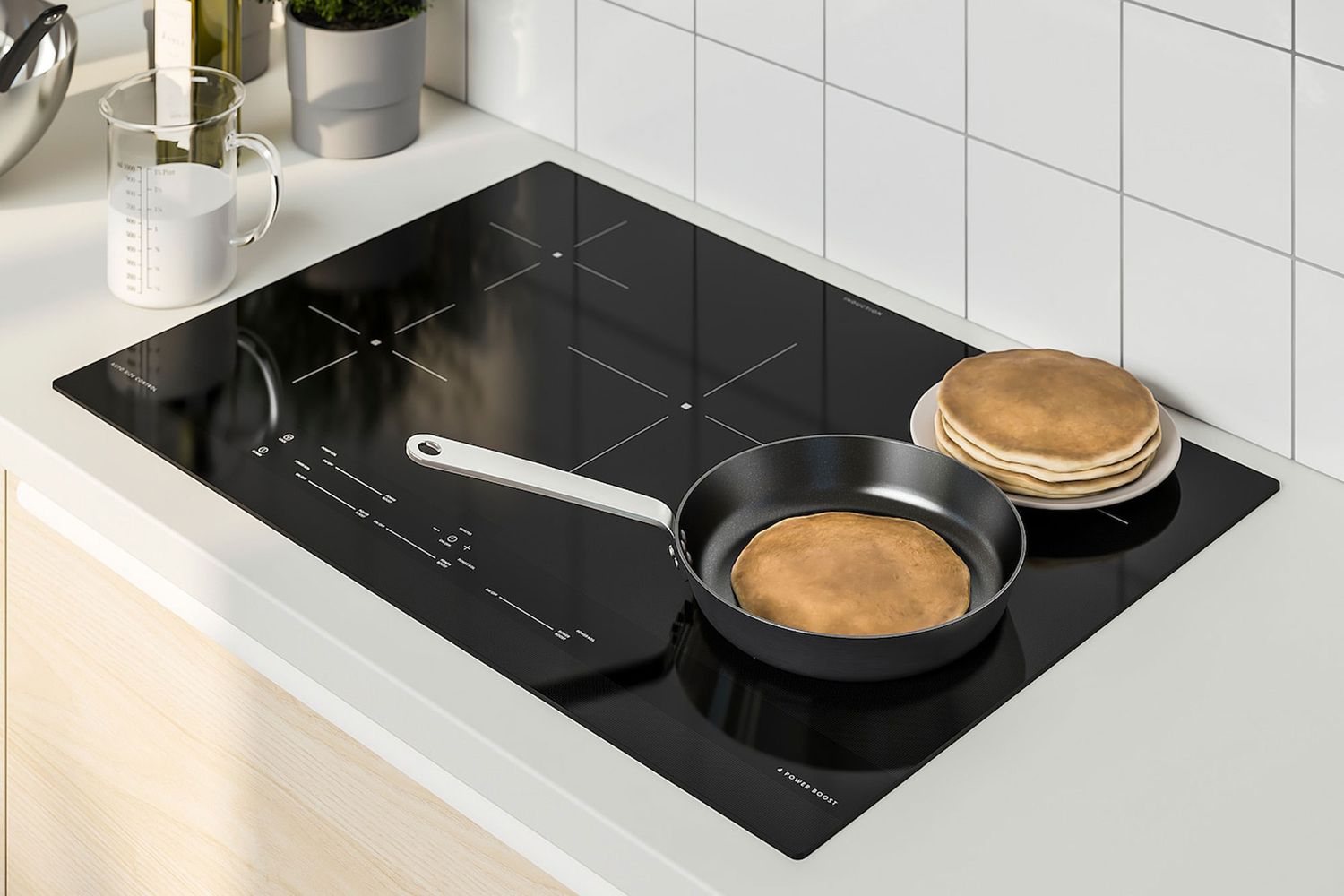

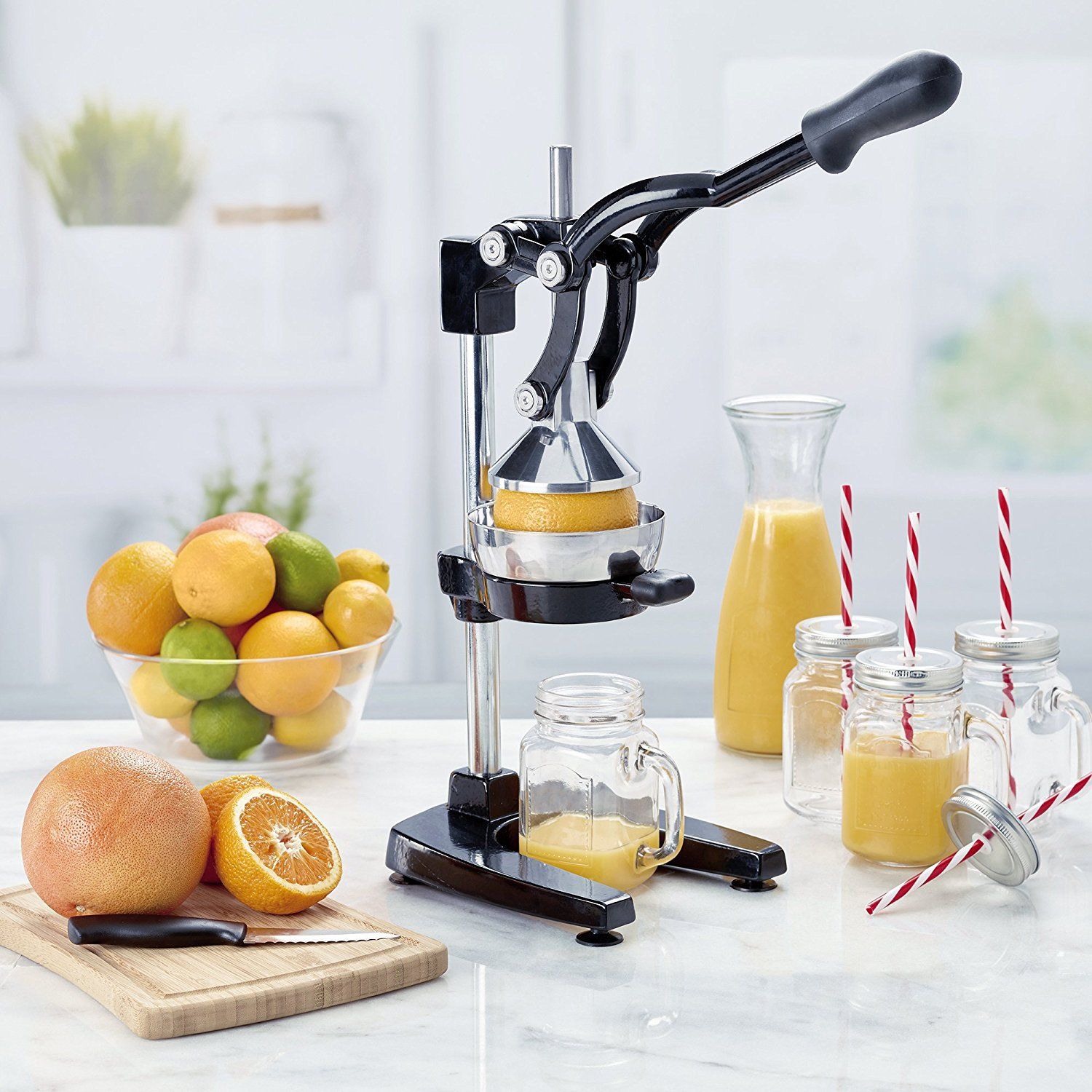

0 thoughts on “What Pans Can You Use On An Induction Stove Top”